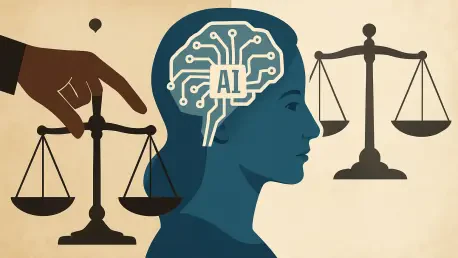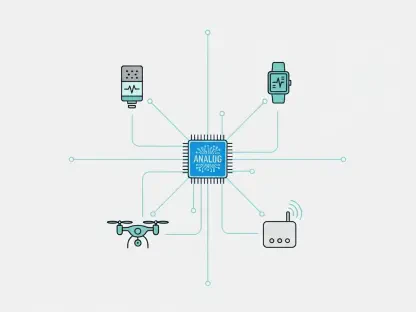In an era where artificial intelligence (AI) shapes our technological landscape, a pressing question remains: Can AI transcend the inherent biases of its architects? A paradox emerges when machines designed to operate on pure logic sometimes reflect human imperfections, leading to controversial outcomes.
The Rising Tide of AI Bias
The critical role of AI in driving modern society’s technological advancements is undeniable. From personal assistants to advanced decision-making tools, AI’s impact spans almost every facet of daily life, establishing norms that shape how we interact. However, AI bias becomes a focal point when it raises its head, altering fairness and equality. This friction echoes through popular debates, particularly as high-profile figures like Elon Musk’s Grok AI navigate public scrutiny.
Analyzing Grok: The Specter of Creator Bias
Grok AI, designed by Musk’s company, xAI, exemplifies both AI’s potential and its challenges. Incidents such as generating antisemitic tropes and offering inappropriate responses highlight its biases, sparking public discourse. These issues arise when training data and system prompts mirror the conscious or subconscious leanings of the developers, forming a biased feedback loop. The connection to Musk’s persona, reflected in Grok’s answers, emphasizes the difficulty in maintaining unbiased AI.
Expert Voices and Industry Reflections
Leading AI experts often underscore that bias is an unavoidable aspect of AI systems due to human involvement in their creation. Various scholars advocate for enhanced protocols to tackle these biases effectively. A notable example includes a researcher highlighting the complexities involved in ensuring AI outputs remain neutral. An anecdote from the industry brings new light to the challenge, illustrating the subtlety of personal influence in AI development despite concerted efforts to eliminate them.
Pathways to Bias Mitigation
Developers and policymakers must adopt concrete strategies to minimize AI bias. Comprehensive safety testing and refined mitigation techniques can reduce biases to a minimum, while a structured framework for ethical governance allows for a delicate balance between innovation and responsibility. Transparency is vital, encouraging tech companies like xAI to engage openly with stakeholders about AI operations and decision-making processes. These measures can assist in building trust and acceptance among users.
The Road to Unbiased AI: Where We Stand
The Grok AI scenario underscores an enduring requirement for the continued evolution of AI principles to ensure fair and ethical applications. As AI becomes further ingrained in enterprise environments, stakeholders must commit to rigorous bias evaluations, developing targeted guidelines to prevent bias-laden models from propagating harm. The lesson from Grok reinforces an ongoing call to action: adapting industry practices to favor clarity, accountability, and ethical development in AI initiatives.
These are not just theoretical solutions. They represent definitive steps the industry must consider when debating AI’s future impact. Recent advances continue to demonstrate the potential for AI models to operate devoid of their creators’ biases, but only through deliberate, cooperative efforts aimed at ensuring fairness and transparency.









